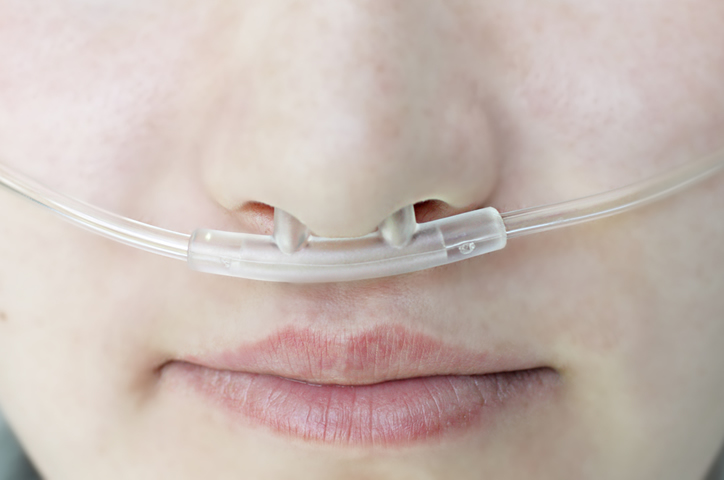Chronic obstructive pulmonary disease, commonly known as COPD, refers to a chronic inflammatory disease which causes an obstructed airflow from the lungs. It is caused by a long-term exposure to particulate matter or irritating gases, more so from cigarette smoke. Individuals with COPD are usually at an increased risk of developing lung cancer, heart disease and several other conditions.
Chronic bronchitis and emphysema are the two most common conditions which contribute to the disease.
Individuals with COPD normally have difficulties breathing due to the narrowing of airways — a condition referred to as flow obstruction. Typical symptoms of the disease include:
increasing breathlessness whenever active a persistent cough frequent chest infection Wheezing Chest tightness Shortness of breath, particularly during physical activities A chronic cough which produces sputum that might be clear, yellow, white or greenish Lack of energy Blueness of fingernail beds (cyanosis) or the lips Frequent respiratory infections
Causes of COPD
You are most likely to get the disease from inhaling something which irritates your lungs such as smoke. However, there are also other reasons which make you feel shortness of breath. The most common causes of the disease are:
- Smoking. Cigarette smoke is the most common reason as to why people get COPD infection. You might also get the disease from tobacco products such as pipe smoke and cigar, especially in case you inhale the smoke.
- Second-hand smoke. Even if you do not smoke, you can get the disease from living with smokers and inhaling the smoke.
- Fumes and pollution. You can also get the disease from air pollution. Inhaling chemical fumes, toxic substances or dust at work might also cause it.
- Your genes. About 3 in every 100 people suffering from COPD normally have defects in their DNA; a code which tells your body about how to work properly. The defect is known as AAT deficiency or alpha-1 antitrypsin deficiency. Your lungs do not have enough of the protein needed in protecting them from damages. This might lead to severe conditions. In case you or even a family member experienced serious lung problems – more so at an early age – you should ask your doctor concerning testing for the AAT deficiency.
- Asthma. It is not common, however asthma can also lead to COPD. In case you do not treat asthma, you can get lifetime damage with time.
How Your Lungs Are Affected
Air normally travels down the windpipe and into the lungs via 2 large tubes (bronchi). Inside the lungs, the tubes then divide many times just like tree branches into several smaller tubes (bronchioles) which end in tiny air sacs called alveoli. The sacs have thin walls that are full of blood vessels (known as capillaries). The oxygen found in the air that you inhale usually passes into the blood vessels before entering your bloodstream.
Your lungs normally rely on natural elasticity of air sacs and bronchial tubes to force the air out of the body. COPD causes the lungs to lose their elasticity and then over expand thus leaving some air trapped in the lungs when a person exhales.
Diagnosis
It’s important that the disease is diagnosed during early stages so that treatment can be used in trying to slow down lung deterioration. You should opt to see your GP in case you experience any symptoms mentioned above. COPD is normally diagnosed after consultations with your doctor. This might be followed by several breathing tests.
Treating COPD
Although the damage which has already occurred to the lungs can’t be reversed, one can still slow down the progression of this disease. Quitting smoking is very effective at doing this.
Treatments for COPD normally involve relieving its symptoms with medication, for instance by using inhalers so as to make breathing quite easier. Pulmonary rehabilitation might also help in increasing the amount of exercises that you’re capable of doing.
Featured Image Source: depositphotos/©sudok1




